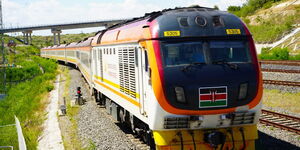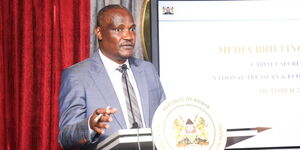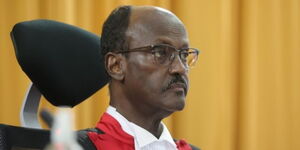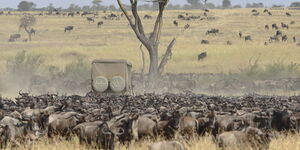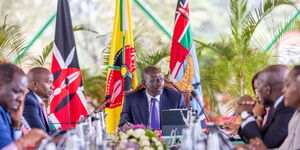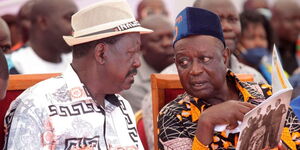Parents and school heads face a new dilemma after the Ministry of Education issued new conditions for schools to host junior secondary schools ahead of Grade Seven admission.
In a circular made public on Sunday, January 8, the Ministry announced a raft of requirements that must be met by schools touching on infrastructure, enrollment numbers and human resources.
For instance, schools in urban and populated areas must meet a threshold of at least 45 students lest they will be merged.
"Primary schools with an enrolment of fewer than 45 learners will serve as feeder schools to other JSSs within a two-kilometre proximity," the circular reads in part.
During the evaluation, schools will be required to prove that they have the requisite number of qualified teachers with their education level capped at the diploma level.
Teachers would also be put on task to demonstrate that they can teach the new subjects under the Competency-Based Curriculum (CBC).
Owing to the practical nature of CBC, all junior secondary schools are mandated to have a laboratory for the Integrated Science subject.
The Ministry's checklist further includes two extra classes for junior secondary schools, proper sanitation, hygienic food handling and sufficient playgrounds.
School heads have lamented that some of the requirements are costly especially the construction and equipment of the laboratories.
"We must invest heavily to ensure that the laboratories are equipped and that we hire an experienced laboratory technician," school director John Maina stated.
In a joint media interview on January 4, President William Ruto provided a raft of measures to ensure that the schools are well prepared to host Grade Seven pupils.
Ruto pointed out that institutions which have extra classes can convert some of them into laboratories. He proposed for schools within close proximity to share some of the facilities.
The new directives apply to both public and private primary schools.


